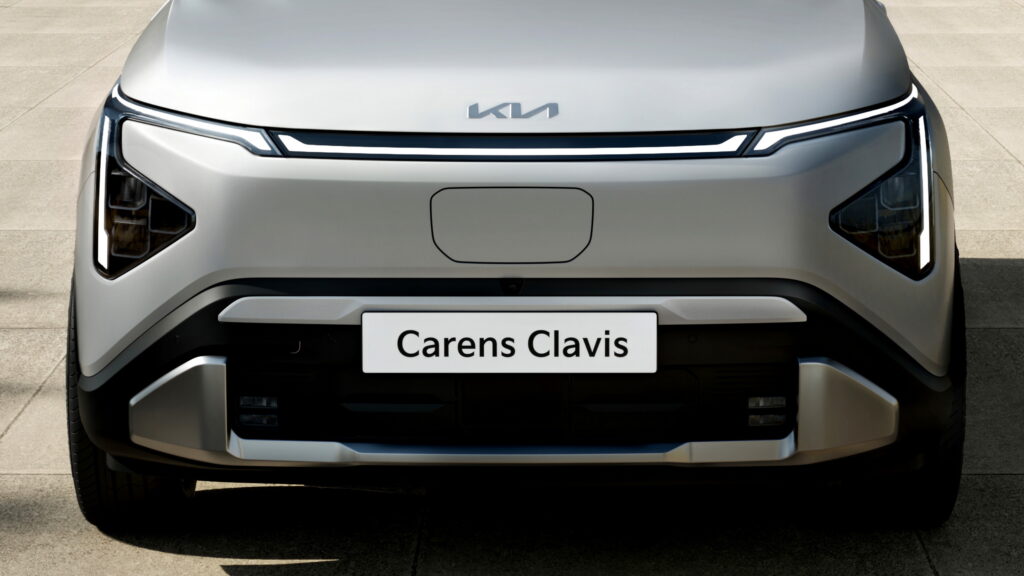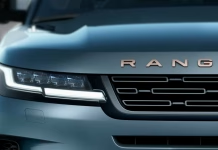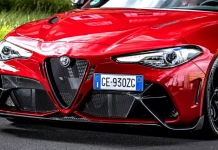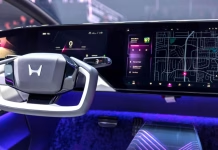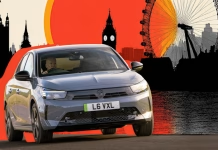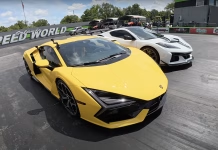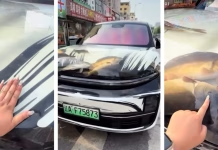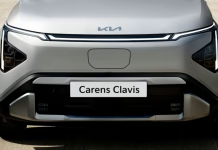Range Rover Evoque Recall: Airbag Flaw Prompts Urgent Safety Fix for 21,000 SUVs
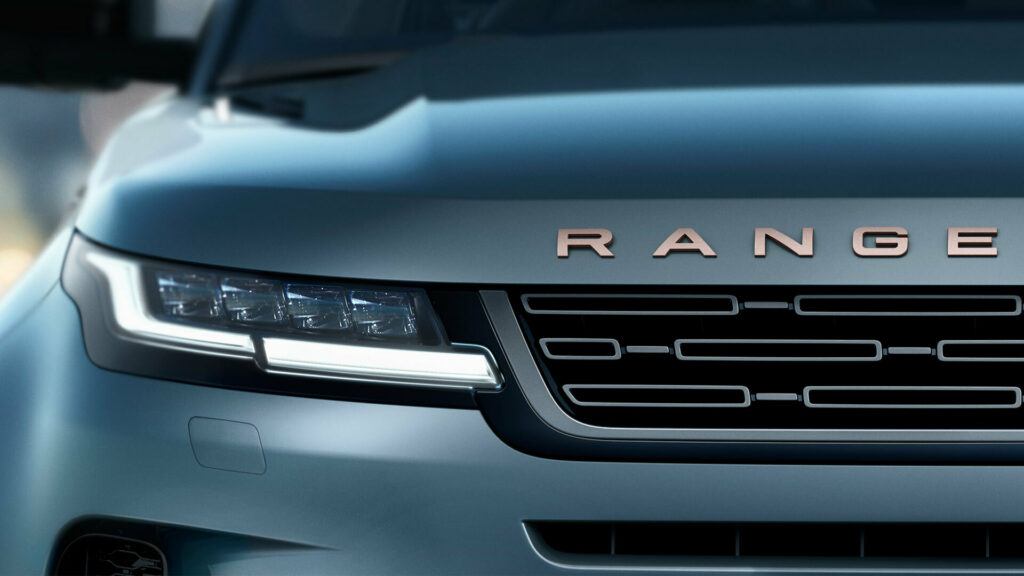
Alfa Romeo Quadrifoglio Future: Electric, Gasoline, or Both?

Honda and Nissan Join Forces to Build Smarter Cars and Take On Chinese EV...
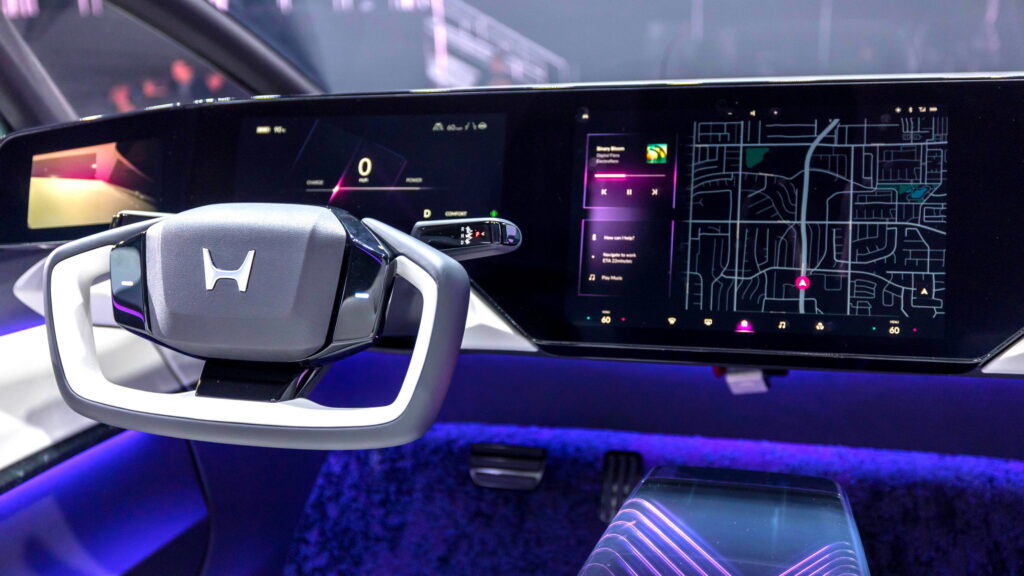
UK Revives Electric Car Grants to Boost Affordable EV Adoption

Corvette ZR1 Stuns Lamborghini Revuelto in Thrilling Drag Race Showdown
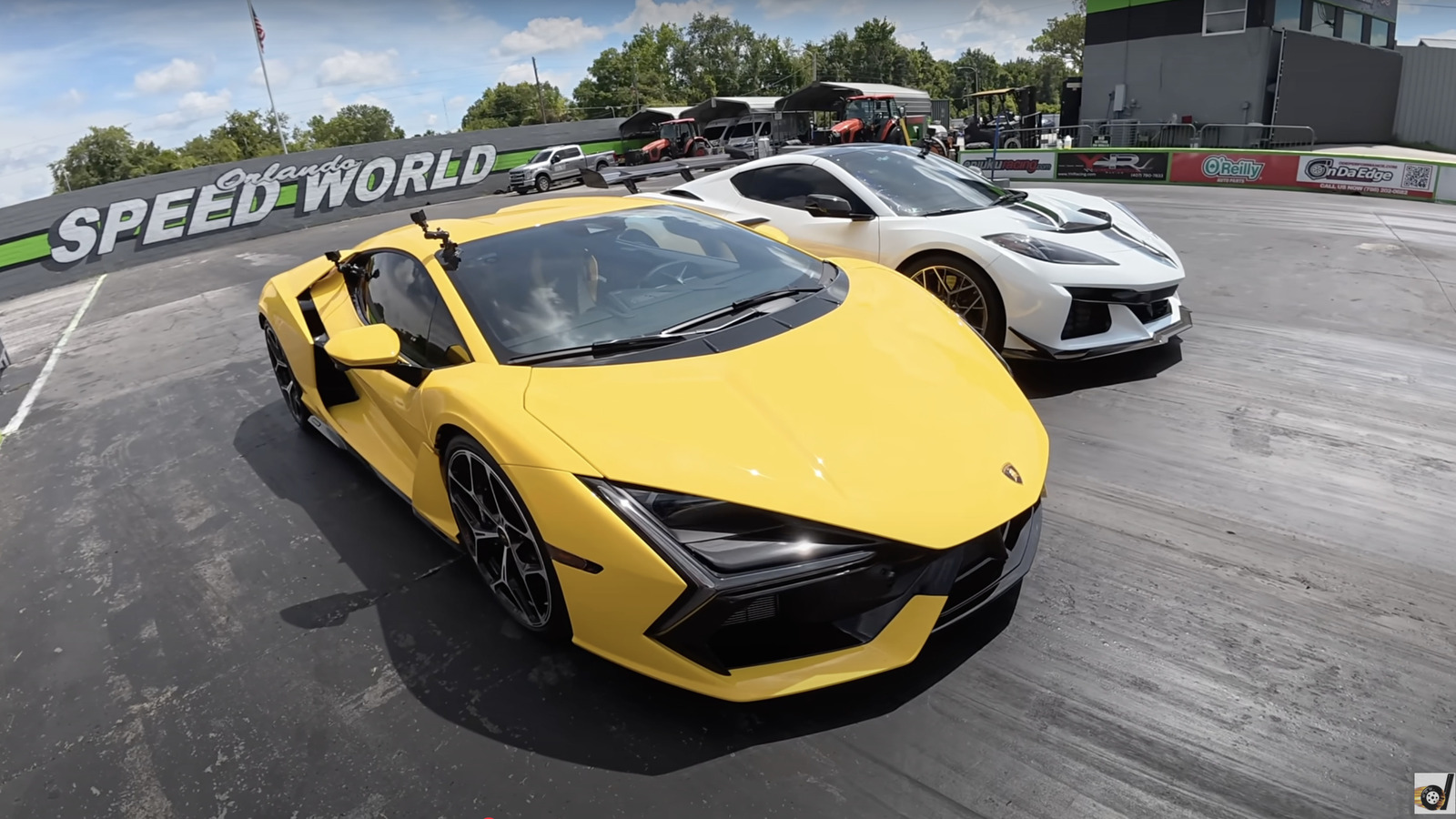
Rare Porsche Carrera GT Wrecked in Dramatic Austrian Alps Crash and Rescue
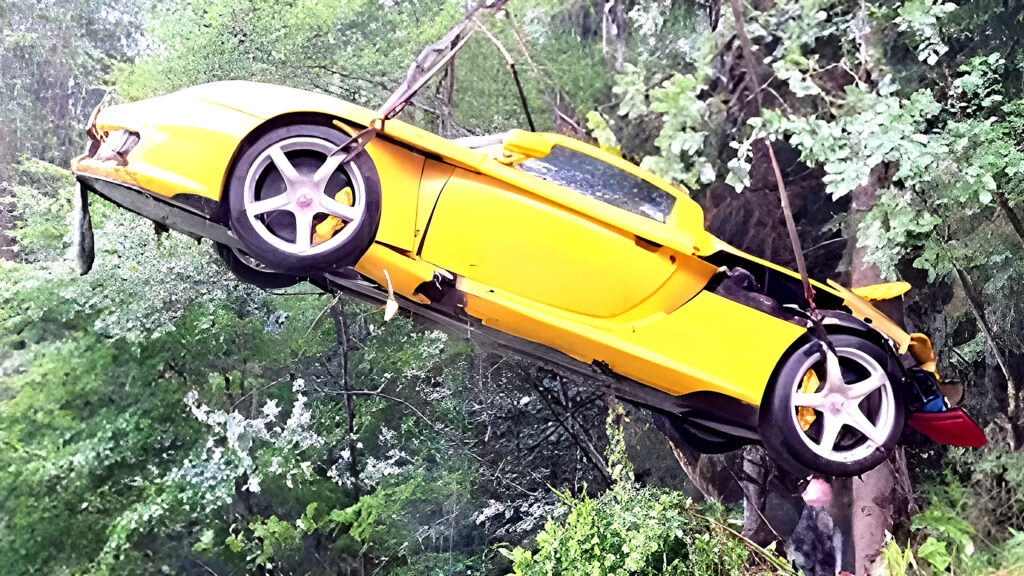
North America Lags Behind Global Surge in Electric Vehicle Sales as Tariffs Hit Volvo
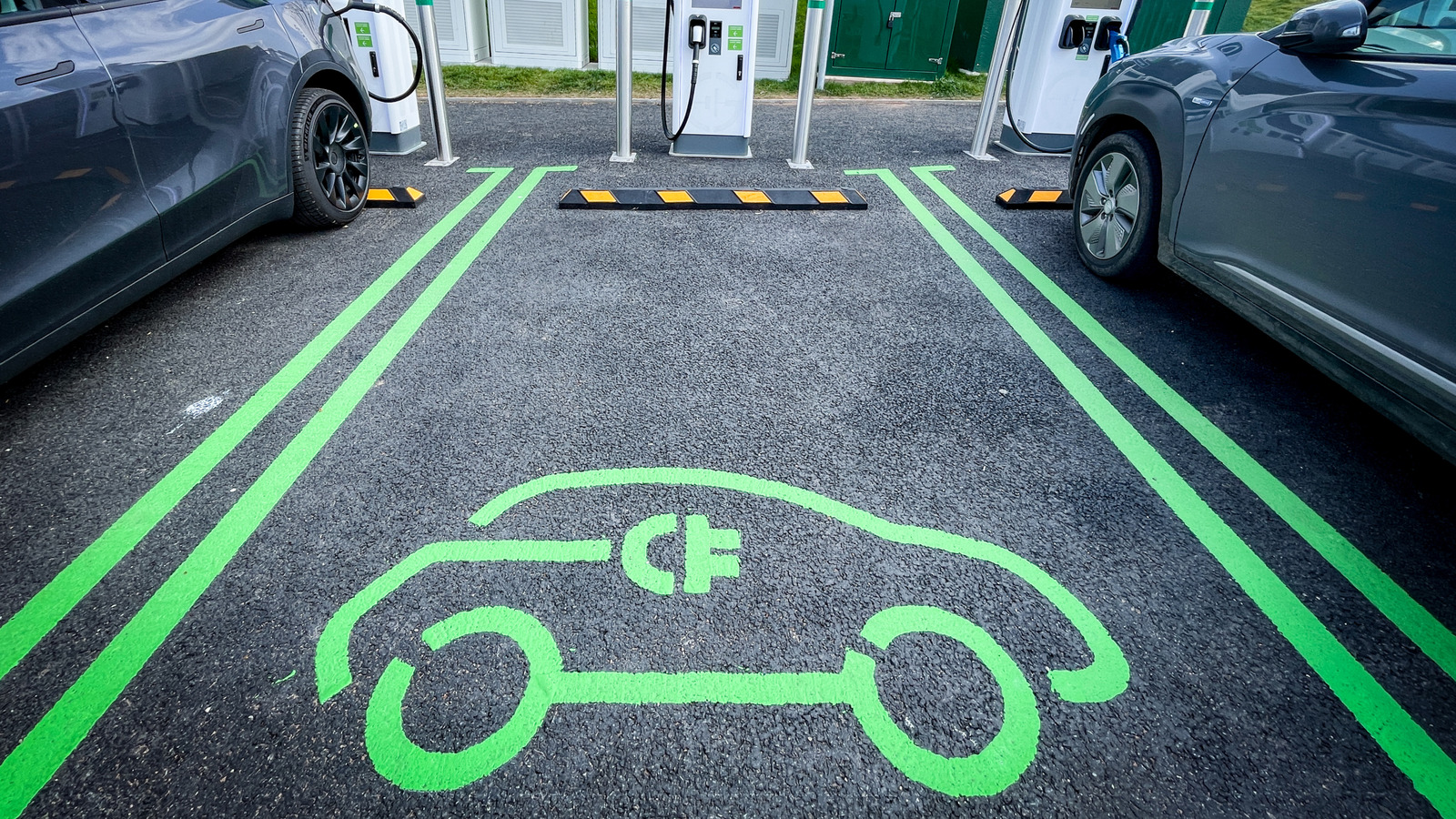
SUV Owner Turns Car Hood Into Live Fish Tank, Sparking Outrage and Safety Fears

UK Car Makers Eye India’s Booming Market as Tariff Cuts Open New Growth Frontier
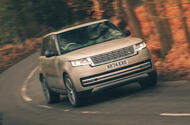 A new trade deal has potentially unlocked India but barriers remain
A new trade deal has potentially unlocked India but barriers remain
Facing a flat market in Europe, falling sales in China and a fragile situation in the US, UK car makers are looking hungrily at a huge market that is predicted by some to be on the cusp of explosive growth.
India has always been a tough prospect, particularly for premium makers, because of extremely high tariff barriers for those wanting to export cars there. But an agreement reached between the UK government and India to reduce tariffs on ‘high-end’ cars from 100% to 10% suddenly brings the world’s most populous market into play.
“There's a lot of wealth there, but the premium and luxury car market has been very suppressed,” Adrian Hallmark, CEO of Aston Martin, told the SMMT Summit in June. “A [tariff] reduction of that size for UK-based manufacturers is really quite significant. It would put all the luxury British brands in a position where we’re in almost the same price category as high-spec premium cars.”
Last year India imported cars worth the equivalent of £55 million from the UK, with Indian-owned JLR accounting for the bulk of that. It sounds a lot but India didn’t even make the top 10 of countries the UK exported cars to last year. In fact, it accounted for less than 1% of the total.
The trade deal, once signed, will improve that. The final deal will be subject to a quota, with a similar arrangement for cars exported from India to the UK. Exports will include the upcoming Suzuki e-Vitara and related Toyota Urban Cruiser small electric SUV.
On paper, India is an extremely promising market. The country has the highest growth rate in the G20 countries and it is expected to remain above 6% over at least the next five years, according to UK government forecasts.
The country recently became the fifth largest economy in the world, overtaking the UK, and is expected to grow to the third largest by 2028.
Meanwhile, India-based Tata Motors forecasts that passenger car sales will rise to six million by 2030, up from 4.3 million in the last financial year ending March.
The country still has an incredibly low number of cars per capita at just 32 for every 1000 people in the country, according to Tata figures, compared with around 300 for China.
Tata is sure where the growth will come from. “The key driver will be, of course, the high-consumption households,” Shailesh Chandra, managing director of Tata Motors passenger vehicles, told analysts at the company’s investor day in June. “You're going to see rich and super-rich – people who really buy the cars – grow two to three times in the next five to six years.”
Tata-owned JLR already understands the luxury market in the country. On its own investor day in June, the UK-based company said it had sold all 12 of a £500,000 ‘Masara’ India-only special edition of the Range Rover, inspired by a blue rare sapphire from the Himalayas.
“The first eight sold before we even showed the car at the Range Rover House,” said head of the Range Rover brand Martin Limpert. “We had customers lined up that said: ‘No matter how it looks, I want one.’”
The Range Rover House is another targeted device to persuade India’s super-rich to join the owners’ club. It is built on the coastal resort of Alibaug and visitors can stay for a whole day for “a modern luxury experience at an exclusive luxury villa”, according to the website.
The dramatic drop in tariffs, once ratified, will unlock a broader market for UK luxury brands in India. Earlier in July, Bentley announced it would team up with parent Volkswagen Group’s official entity in India to create Bentley India, with three new dealers coming to three key cities. The company didn’t refer to tariffs but said the shake-up of its operations there represents “a new era of growth”.
For the mass-market, however, the country remains a hard nut to crack for European car makers. For a start, Maruti-Suzuki has 40% of the passenger car market locked out, with almost 900,000 sold in the first six months of the year, according to figures posted by data aggregator bestsellingcarsblog.com.
Behind the Indo-Japanese giant, local player Mahindra has made big strides to become the number-two maker, with 14% of the market this year, and Hyundai and Tata are close behind. Toyota and Kia are currently running at half their pace, at around 7% share apiece.
Best of the rest is Skoda, at less than 2% of the market.
Renault, meanwhile, has struggled to make a dent in almost 10 years of trying. Back in 2017, the brand was selling 132,000 vehicles with a goal of quarter of a million by 2022. In the first five months of this year, sales stood at just 16,031 of its three models sold there, a fall of 31%.
“It’s a tough market,” said Bruno Vanel, head of product at Renault, during the reveal of the Boreal compact SUV for emerging markets (but not India).
India has been on pause for the brand. “For the last four years, we froze everything,” said Vanel.
India is now back in play for Renault after it bought partner Nissan out of its majority-owned Indian operations earlier this year, which include a plant in Chennai. Facelifted versions of the Triber SUV and smaller Kiger SUV will be available later in the summer. A new strategy plan will be unveiled next year, including a timeline of new models.
“We've a big and flexible plant, a huge engineering centre. We’ve got connected services. We've got a very powerful tool in India,” said Vanel.
Skoda is farther along the path to success after grinding away at the market for several years. The spark is the new Kylaq sub-4.0m small SUV, priced from the equivalent of just £7000, which is finding a ready customer base and boosting Skoda sales by 142% this year.
The Czech brand leads the Volkswagen Group’s India push after several false starts and engineered the Kylaq from the group’s MQB A0-IN platform. A high proportion of locally sourced parts helps to keep the cost down for India’s very discerning but also incredibly value-conscious customer base.
Big things might be predicted of the Indian car market, and while monthly records are being hit, wholesales (sales to dealers) were up only 1.3% in the first half. Unlocking the potential of India will need further hard slog.
Kia Carens Clavis EV Debuts as India’s Stylish Seven-Seat Electric Family Car
